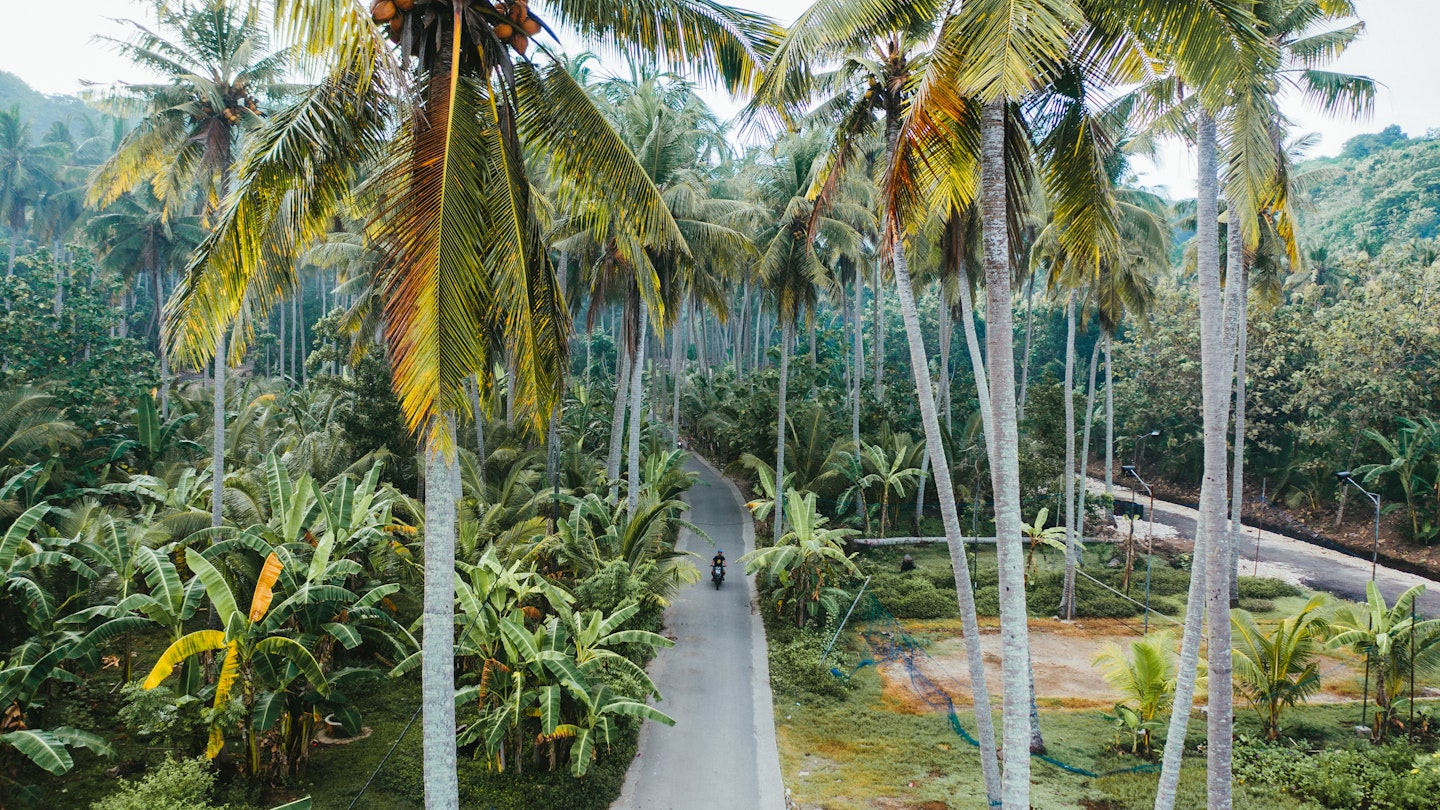Getting Around Bali: Transportation Guide
Bali is relatively small in size, but that doesn’t mean it’s easy to travel around. Public transport is erratic, and traffic jams are common, especially in the densely populated southern and central parts of the island, where travelers and tourists typically gather.
In outlying rural areas, the winding paddy field lanes and jagged chains of ridges and valleys create a delightful experience for exploration but also slow your pace. Bali is a place where it rarely pays to rush.
This guide will help you navigate the “island of the gods” with ease.
Take the Bus Like the Locals
Unlike neighboring Java, traveling by train is not an option in Bali. Public buses are the most common form of transport for locals without their own vehicles. Buses connect most Balinese towns, but long journeys may involve several changes, which can be time-consuming. The ubiquitous bemo (minibuses) offer one of the cheapest transport options, although itineraries are rarely fixed, and schedules are unpredictable.
Taxis: Ideal for Group Travel
With low fuel prices (around 14,000Rp/liter), taxis are relatively inexpensive in Bali. If you are traveling with friends and prefer not to drive, taxis are an excellent option. Bluebird Taxis has Indonesia’s largest taxi fleet, and they offer a fixed rate from the airport to your hotel, eliminating the need for haggling. The MyBluebird Taxi app simplifies booking and tracking as well, allowing you to catch a ride easily.
Additionally, Grab, the Singapore-based company that acquired Uber’s operations in Asia, is often about half the price of regular metered taxis and comes with the added convenience of an air-conditioned lounge at the airport for bookings.
Motorbike Taxis: A Cost-Effective Option
In the past, unofficial motorbike taxis known as ojeks were the primary mode of transportation in Bali. Nowadays, apps like Gojek and Grab make it easier to hail an ojek. If you’re visiting an obscure address, simply drop a pin in the app, negating the need for complex explanations with your driver. Motorcycle taxis typically cost about half the price of car rides, and drivers always have spare helmets for passengers.

Self-Driving in a Rental Car
It’s easy to underestimate distances in Bali. A journey from the airport to the farthest western point of the island (Gilimanuk) can take four hours, even though it is less than 140km (87 miles) away due to challenging roads filled with potholes and narrow lanes. Foreigners must carry their national and international driving licenses while driving here. Rental cars start from around 200,000Rp per day, and Toyota Avanzas or Suzuki APVs are common choices, especially for groups.
Motorbike and Moped Rental
Bali is one of the world’s most affordable places for motorbike rentals. Expect to pay around 80,000Rp a day for a decent 125cc automatic scooter. For long-term rentals (two weeks or more), you can often negotiate a lower price. Keep in mind that few rental dealers provide insurance, so it’s crucial to choose a reputable company like Bikago, which offers support in English and a variety of motorbikes.
Transportation Accessibility in Bali
For travelers with disabilities, moving around Bali can be challenging. Even in developed tourist towns like Kuta, Ubud, and Seminyak, sidewalks are often poorly maintained. However, access to many attractions has improved with the addition of wheelchair ramps at major sites. For specialized assistance, consider services like Bali Access Travel, which caters to travelers with partial or zero mobility, arranging accommodations, transportation, and tours.
This guide aims to provide crucial information on transportation options in Bali, helping you make informed decisions for a well-rounded travel experience on the island. Whether you choose to travel by bus, taxi, motorbike, or rental car, Bali’s unique landscape promises an unforgettable adventure.
